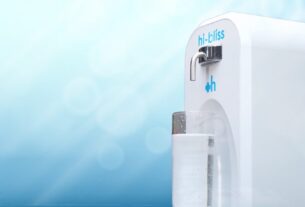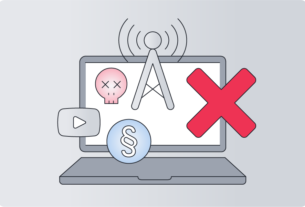Technology transfer offices at universities (TTOs) help bridge the gaps between research in academic institutions and practical applications. Technology transfer offices utilize the deal room as a way to secure confidential data as well as act as a hub of technological advancement. These offices keep intellectual property and research findings safe. They also lock up commercialization strategies with security measures and keep them safe against potential threats. Learn the strategies that TTOs use to keep data safe:
1. Data Encryption
One strategy TTOs employ to secure their data is encryption. When sharing information in a deal room, a TTO converts information into code to prevent unauthorised access. They use encryption on stored data. When they transmit data, they confirm that sensitive information remains protected. Advanced encryption algorithms are regularly updated to stay ahead of evolving cybersecurity threats.
2. Access Control Measures
TTOs implement stringent access control measures to restrict data access only to authorized personnel. These control measures include determining whether people will get specific job responsibilities and roles. You can use multi-factor authentication, which requires people to identify themselves using more than one format. This makes it safer to access sensitive information. Other control measures include conducting regular audits to update which permissions different people can access.
3. Secure Data Storage
The physical and virtual data storage within TTOs is subject to rigorous security protocols. Secure data centers house physical servers, and access to these centers is restricted. You can store data in virtual storage systems hosted on secure cloud platforms. Regular backups confirm data integrity and keep it available if the system fails or is exposed to cyber-attacks.
4. Employee Training and Awareness
Human error can threaten data security due to basic mistakes or negligence. They may fail to use a secure browser, use public Wi-Fi when working on sensitive information, expose their passwords when logging in, or even leave sensitive data on display on their monitors if they are working on a shared device. TTOs teach their employees about best practices in cybersecurity by investing in training programs. Employees learn to recognize phishing attempts, avoid malicious downloads, and use secure passwords.
5. Collaboration with Cybersecurity Experts
TTOs constantly update themselves on the ever-evolving cybersecurity threats and learn countermeasures by working with cybersecurity experts. These collaborations keep TTOs updated on emerging threats and test their vulnerability. Through these assessments, they can take proactive measures regarding their security.
6. Legal and Regulatory Compliance
TTOs can access various confidential legal documents and sensitive regulatory frameworks. The company must comply with regulations including those governing data protection, such as the General Data Protection Regulation (GDPR) as well as the Health Insurance Portability and Accountability Act (HIPAA). The TTOs have strict guidelines that ensure they are in compliance with these laws to ensure there’s no chance from data breaches involving sensitive information.
7. Incident Response and Recovery Plans
Despite proactive measures, TTOs acknowledge the possibility of security incidents. TTOs create a proper incident response to help them manage various risks. These plans show the steps they should take in case of a security breach to offer a quick and coordinated response to reduce or prevent damage.
Consult a Reputable Deal Room Provider
University technology transfer offices help in transforming academic research into practical applications. Data stored in these offices needs protection to maintain the integrity of intellectual property. Proper encryption, access controls, employee training, and collaboration with cybersecurity experts help TTOs protect themselves against evolving threats. Consult the services of a reputable deal room provider to help you keep your academic research safe.




